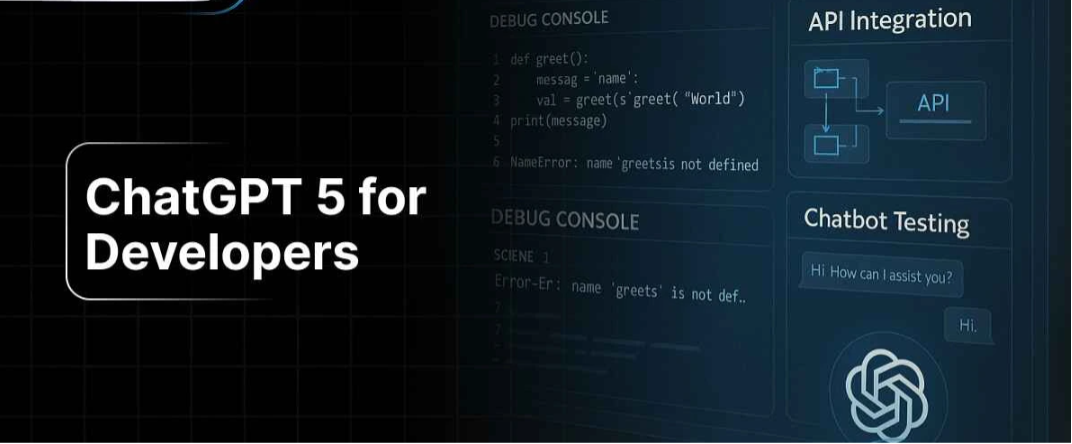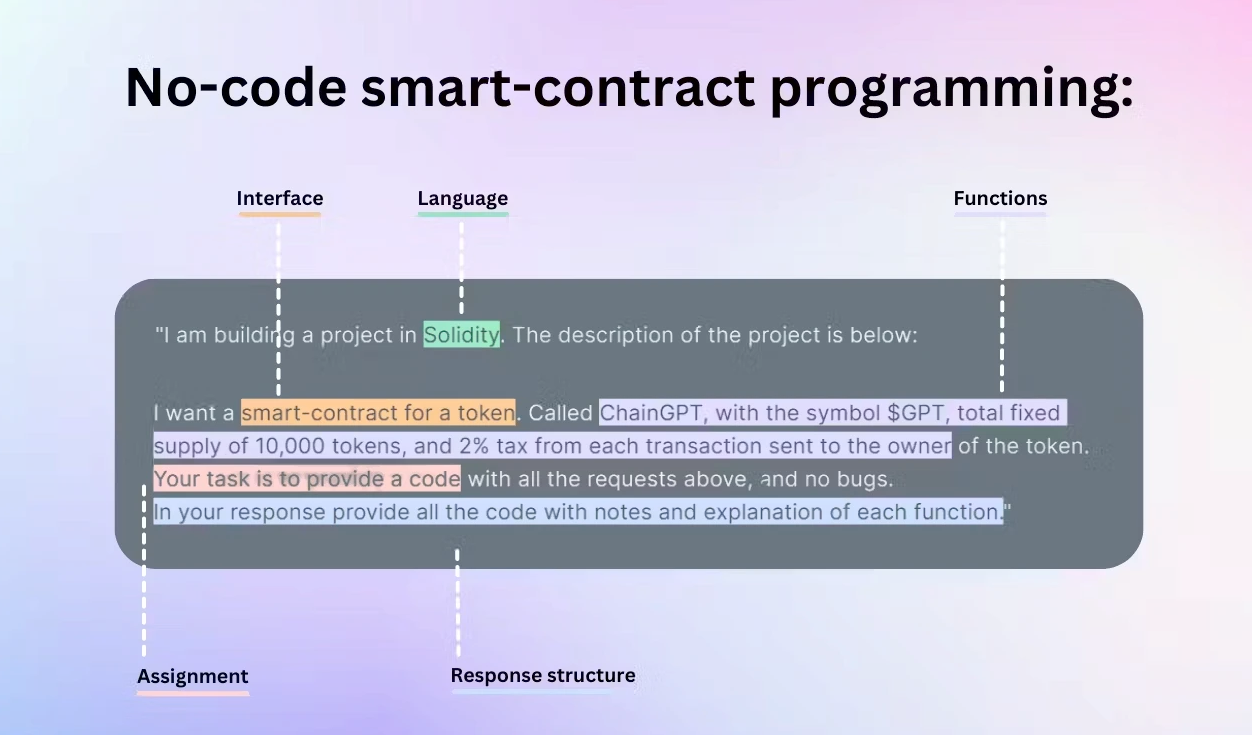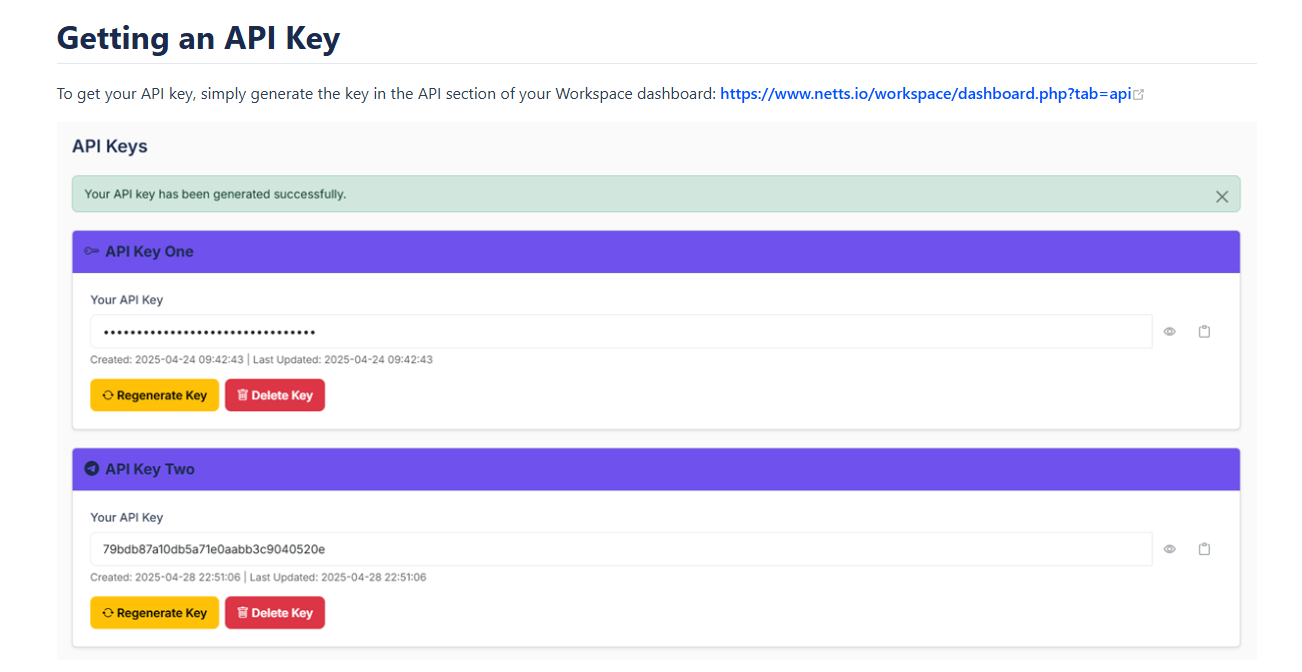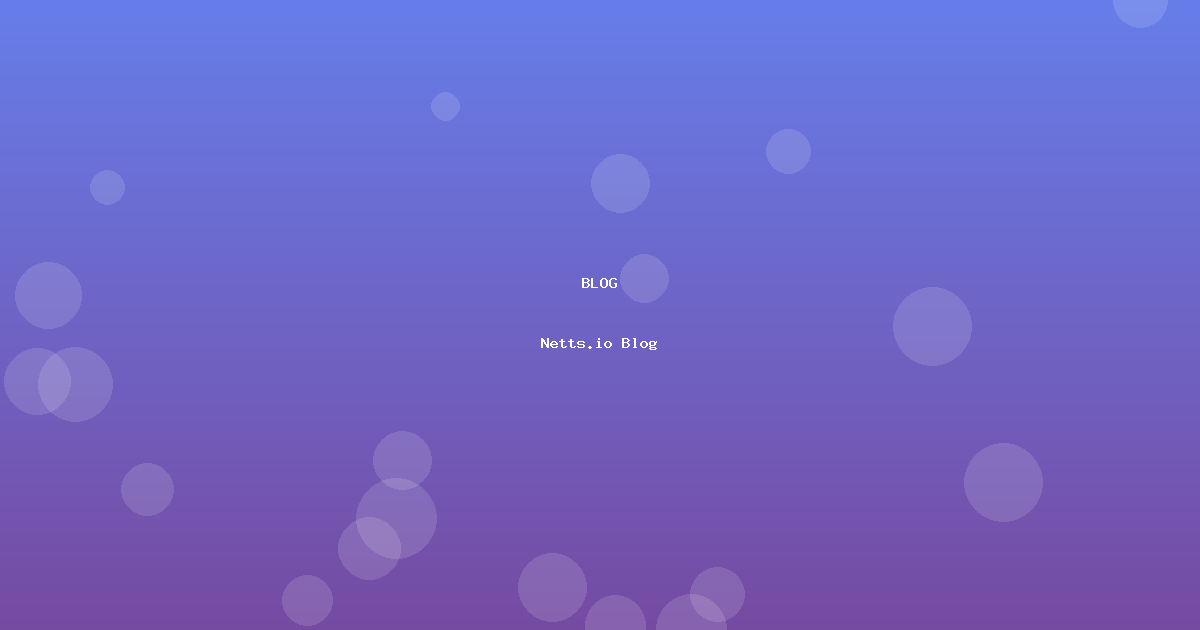Combining artificial intelligence (AI) with blockchain has emerged as one of the biggest movers of the crypto future. This is most apparent on the TRON network where the swift progression of LLMs and other available AIs is powering innovations along with greater efficiency and opportunity, while also creating new kinds of risks and challenges. With the speed of growth we are witnessing, the impact of AI on TRON and the greater crypto landscape is undeniable.
The Dawn of AI in Crypto
The initial impact of AI on the crypto industry can be traced back to rudimentary algorithm-driven trading bots and predictive analytics but the arrival of such complex LLMs like GPT-5, ChainGPT and domain-specific LLMs this year has completely changed the paradigm. These models are now ingrained across smart contract development, user support, security, and even the creation of new decentralized applications (dApps).
TRON: A Hub of AI-Powered Innovation
With its ability to process over 2000 transactions per second at almost zero cost, the TRON network is a breeding ground for elevated AI-integrated technologies. The launch of initiatives such as the TRON AI Development Fund, along with ongoing partnerships with AI-oriented projects in the space such as Oraichain and ChainGPT, prepares TRON to be a leader in the ever-growing AI-blockchain nexus.
Advantages of AI and LLMs for TRON Network
This enables a range of innovations made possible by merging AI with TRON and the entire crypto sector. With AI algorithms, TRON can now optimize transaction processing, resource allocation, and network management, enabling the TRON network to process more and more transactions with little to no latency.

The LLMs will be able to generate smart contracts, audit smart contracts, and even adapt smart contracts in real-time, bringing bug and vulnerability reduction, and providing great dynamics for dApps. With internally AI-driven dApps intelligently providing personalized recommendations, assistance and content through natural language processing (NLP), the TRON ecosystem becomes easily to navigate and more engaging for users.
Nowadays machine learning models are used that monitor network activity for suspicious patterns which in the end helps preventing hacks, scams and other threats. AI-driven tools for coding, testing, and documentation have significantly reduced the development time of TRON-related projects, enabling rapid prototyping and deployment of functionalities unlike ever before.
Dark Side: Dangers and Challenges
However, along with its various benefits, the prevalence of AI and LLMs in crypto too will prove to be harmful. These developer and user empowerment tools can also make them vulnerable to manipulation by bad actors or pose a different type of risk unto themselves.
Of course, AI systems need plenty of datasets which creates issues surrounding user privacy and leakage or hacking of data. By their very nature, LLMs can propagate the biases that exist in their training data, which can cause inequitable or discriminatory outputs from automated decision-making.
These technologies change with a speed that regulatory frameworks are often not able to cope with –> providing a significant degree of uncertainty for developers, businesses and end-users. AI on its own can automate various tasks but its implementation needs to be done properly within the blockchain networks like TRON, which makes AI applications more of an artisanal (and thus high barrier to entry) specialty. And as AI can be used to protect networks, it can be equally used for automating advanced hacking, phishing campaigns, or market manipulation.
Evolution in Crypto Project Development Due to AI
And one of the biggest ways that AI can impact the TRON network and the crypto industry as a whole is by speeding up development even further. Over the last few years, the advent of LLMs (Large Language Models) and other AI models that are capable of writing smart contract code, drafting documentation, and even simulating user interactions in minutes compared to weeks taken by a human team.
All of this has made the prototyping and deployment of new dApps and protocols faster, made code more robust and secure with AI-powered auditing tools, increased experimentation as teams can quickly test and iterate on new ideas, and reduced costs for startups and independent developers, who can now leverage AI to compete against larger organizations.
As a result, we have a lively, quick-paced ecosystem, where the only limit to innovation is how far you can envision taking the latest AI tools.
Range of AI Models in Crypto
It can now rely on a wide range of AI models, each intended for different purposes, so that the crypto industry and TRON in particular, become more versatile. Some terminology: in the case of GPT-5, ChainGPT and giant language models skilled on blockchain knowledge, there is code technology, help bots, and even governance proposals.

ML algorithms help to forecast market trends, optimize resource allocation (as it happens in the TRON Energy Market), and build complex trading bots. NLP models allow a more human-oriented UI/UX, enabling the end-user to interact with dApps and smart contracts using natural language. Deep learning comes into play for the optimization of many different things such as optimal network protocols, resource management & even automated trading strategies. Computer vision used to solve NFT verification and on-chain identity problems, enabling authenticity and security.
Use Case One: Management of Network Resources
AI is most apparent in the operational aspect of TRON network. The entire TRON Energy Market, where users can rent and distribute Energy to carry out transactions, has grown increasingly automated by AI.
Machine learning models constantly track market prices and model future demand and deploy energy rentals at the most appropriate times, which allows users to obtain the lowest price for Energy, thus facilitating transactions in a completely seamless manner. Different ecosystems have been popping up in the last year or so making it super easy for developers to plug these AI-powered services into their own applications – like Claude Code. From automating energy rentals, to monitoring network health and even creating hundreds of smart dApps — the powers of AI + powerful APIs are unlocking new possibilities on TRON.
AI As a Catalyst: Financing and Accelerating Innovation
The velocity at which new projects are launched and iterated in the crypto space has never been greater. AI is the ultimate force multiplier, enabling automated code reviews and security audits, real-time market analysis and trading, resource allocation to users in the TRON Energy Market, customized user experiences in wallets and dApps, and instant onboarding and support powered by AI Chatbots.
This speed does come with its challenges; quality control, security and ethical considerations need to match up with the rapid growth of development. However, the rewards are high, if you harness AI correctly.
A Look into the Future: AI, TRON and the New Age of Crypto
With more powerful models, we will see smarter dApps that learn from user behavior, decentralized AI models running on-chain, greater automation for everything from trading to governance and new types of on-chain identity and reputation enabled by AI.
The merger of artificial intelligence (AI) and blockchain may be one of the largest trends to date, but it also signifies a major evolution of technology: both in terms of the way that it is built and deployed, and in the experience that it enables.
Netts Workspace API: the Future of Energy Management Is Automated
Netts.io service is focused on high efficiency, reliability and low cost as the world changes. It aims to satisfy demand for its energy rapidly offered automated solutions for both business and personal use.
The Netts Workspace API is for developers and enterprises that want to simplify TRON transaction management at the level of mass, scale, and speed that automated management of such assets require. The API, allows users to get real-time prices of Energy in TRON Energy Market, obtain comprehensive account information such as savings and delegated Energy, automate the entire process of renting Energy for one hour and longer and integrate energy management directly into their own applications, platforms or exchanges.

The Netts API has a powerful, flexible interface with lots of documentation. Be it crypto enthusiast, developer or business owner, the API for developers is all you need to create tailored automation workflows, watch for market conditions and make sure your transactions are always processed at the lowest possible cost — without ever dealing with a web interface.
The API has documentation with real-world examples in all programming languages. Out-of-the-box solutions take away much of the development work and any developer with a few months experience can immediately start automating their energy management and free themself from building device configuration and management into things far more important than energy management.
Conclusion
AI, and in particular, LLMs are having an increasingly significant impact on the crypto industry. These technologies are leading the charge in delivering unprecedented efficiency, security and innovation on the TRON network.
Despite challenges — privacy, bias, regulation, and complexity — the benefits are a no-brainer. The turning point for crypto will be who can use AI to build, automate and innovate faster than ever before, as tools like the Netts Workspace API and the greater API for developers eco-system grow and mature.
